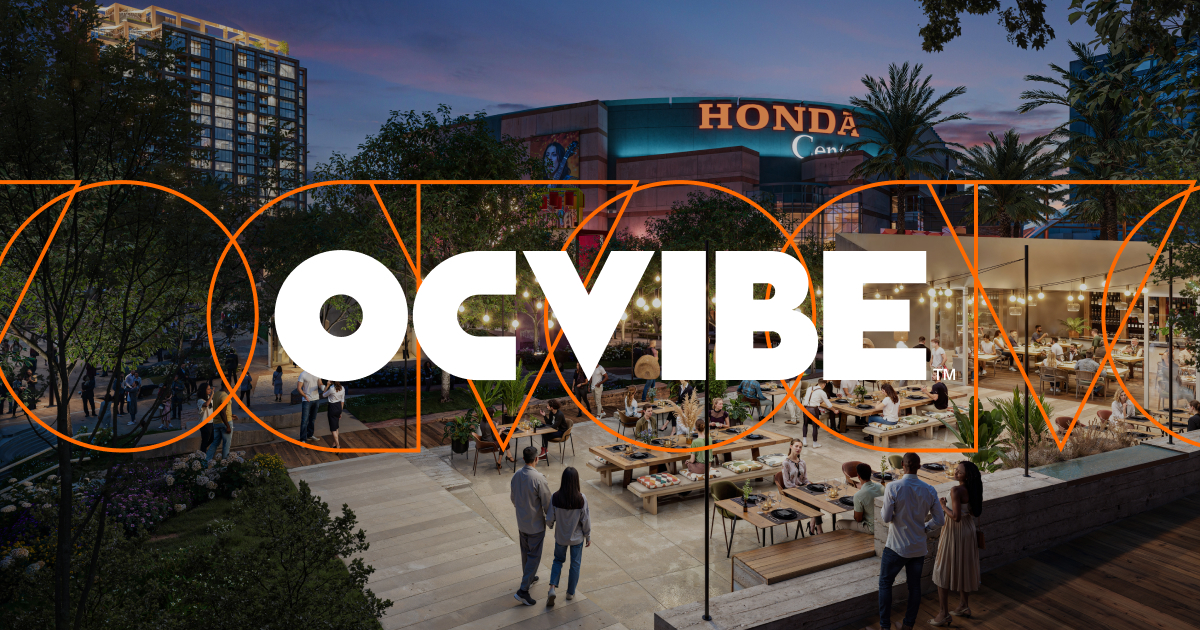This is because the way we build cities is all wrong. Great cities are built at a micro-level, where a diverse number of people are given small plots of land close to one another and each builds a specific building to match the owner's desired function, and over time a cityscape of variety emerges. Different buildings spaced closely together. Different functions spaced closely together. Each person can afford to put good care into their small fiefdom, and when everybody does that together a mosaic results, and the city becomes a beautiful, varied, stimulating neighborhood.
Instead what happens now is we hand over obscene chunks of land to a single developer, who himself has to stre(-eeeeettttt-)tttcch the budget over too much square footage (or in this case hundreds of acres) and ends up going with the cheapest option that can end up with the most space, and so we get these ugly stucco, cheap facade, cookie cutter* design of buildings.
The better idea would have been for Anaheim to split the whole into smaller parcels and sell them off individually, so that a city - a real city, not a homogenous nightmare utopia - starts coming into being. Probably faster this way too, since we don't have to wait for a developer to somehow find billions of dollars (a process that takes decades) in order to finance these things.
*In architectural parlance, these building are called five-over-one. Essentially, they are the most cost effective ratio of maximum square footage for cheapest cost. Any higher and potential profit per square feet is lowered by the extra engineering (ex. seismic, infracture, etc...) that goes into it. Any lower and you haven't maximized the the habitable area that can be built on one spot. It is forever a debate in architectural circles about whether the desperate need for housing in Southern California is offset by ugly five-over-ones popping up everywhere.








